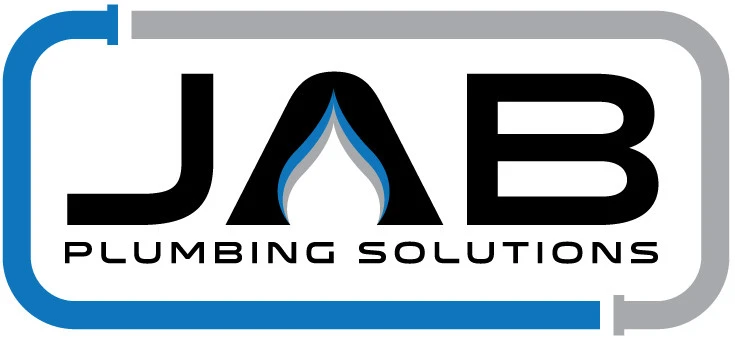Seven simple DIY ways to clear a blocked drain

Water companies spend millions each year clearing out tampons, wet-wipes, congealed grease, syringes, condoms and other foreign matter that has ended up in our increasingly overloaded sewer systems.
But the water companies aren’t the only ones responsible for drains.
Homeowners have an obligation to maintain the drains within their property’s boundary. Which means it can come at your expense, if there's a problem.
Here are seven ways to keep your pipes running smoothly:
1. Use a bin
Prevention is by far the cheapest and most effective method for maintaining drain health. Sydney’s plumbing system wasn’t designed for large bulky items so adopt a ‘bag it and bin it’ mantra for items such as condoms, cotton buds, cooking oil and fats, and all forms of sanitary protection such as tampons.
2. Plunging
If it’s too late for prevention and you have a minor blocked drain in your home, plunging should be the first point of call for Sydney homeowners. They are readily available at hardware stores and are simple to use. While plungers are cheap to purchase, it is worth spending a few extra dollars on a good one. Make sure you purchase the right plunger for the job at hand. A cup plunger is effective for sinks, bathtubs and showers, but you will need to invest in a flange plunger for blocked toilets. For best results, follow the below steps:
a. If there is excess water in the blockage area, use a bucket to remove some of it.
b. Cover the blocked drain opening with the plunger head, but let a little bit of air out the cup first. Too much air in the plunger means the blockage won’t receive as much force each time you plunge, because unlike water, air is compressible.
c. To get a tighter seal you can add some petroleum jelly to the rim of the plunger head.
d. Push down with quick forceful movements. This pushes pressure down the drain towards the blockage.Don't focus purely on the pushing technique. Pulling the plunger up with force each time you plunge is just as important and will increase your chances of unblocking the drain.
3. Pour boiling water down the drain
This method is particularly effective for blockages caused by congealed grease in the pipes below the kitchen sink. Oil, fats and grease are one of the biggest causes of blocked drains. When fats cool, they solidify and stick to the inside pipes. Over time the hole in the pipes gets thinner and thinner, eventually leading to a blockage. While this method won’t work for large scale blockages, it’s a very low cost and easy trick to try before calling in the experts.
Note: Regularly pouring boiling water down the drain is also a great way to prevent any built up grease or food scraps from forming a blockage.
4. Eco-drain cleaners
Sydney plumbers generally recommend against the use chemical drain cleaners. This is because they are made out of powerful chemicals that can damage pipes, are harmful to the environment and dangerous to your health. There are, however, a couple of environmentally-friendly alternatives on the market. They are made from a combination of natural bacteria and enzymes and designed to clear blockages caused by organic matter such as hair, excess toilet paper and food scraps. They take a long time to work and won’t help with more serious blockages or those caused by non-organic matter.
5. Clear the blockage by hand
Blockages can occur in different parts of your plumbing system. While clogs in the underground pipes will require the assistance of a drainage plumber, many clogs occur near the drain opening and can be easily removed by hand. An example of this is hair in the shower drain. Put on a pair of gloves, take off the drain cover and remove the clog using your hand. If you can’t quite reach the blockage, make a hook using a wire coat hanger and try fishing it out.
6. Use a plumbers snake
Most hardware stores now sell hand held snakes for home use. You need to push the snake into the drain until you feel resistance. Rotate the snake against the blockage until you feel it move. Test that the blockage has been completely removed by pouring water continuously down the drain opening.
Note: be careful when using drain snakes as there are plenty of examples of homeowners getting them stuck inside the drain and having to call a plumber to remove it.
7. Call a professional drainage plumber
If none of the above methods are working on your clogged drain it’s important to engage the services of a professional drainage plumber. They have access to high-tech tools such as drain cameras that enable them to locate the underlying cause of the blockage. High-pressured jet blasters are capable of flushing out the toughest clogs and years of sediment build-up, often in under two hours.
For more infomration, please contact the expert contributor.
- Blocked Drain Clearing in Australia
- Blocked Drain Clearing in Adelaide
- Blocked Drain Clearing in Brisbane
- Blocked Drain Clearing in Inner North
- Blocked Drain Clearing in Hobart & South East
- Blocked Drain Clearing in Melbourne
- Blocked Drain Clearing in Darwin
- Blocked Drain Clearing in Sydney
- Blocked Drain Clearing in Perth
